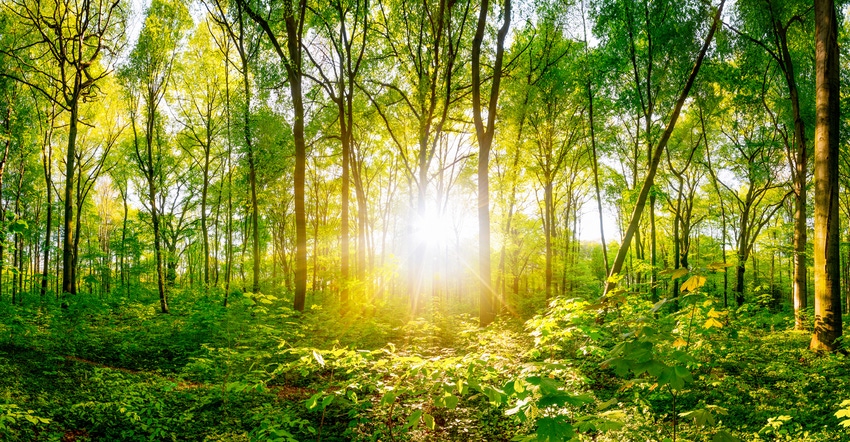August 20, 2021

What a summer! We experienced dry weather and even drought in some areas from April through mid-June, and then the heavens opened up with record-setting rainfall, flooding and tornadoes the latter half of June. No wonder trees are confused! Now that we are heading into fall, it’s important to help trees remain as healthy as possible. On the list of things to watch for: diseases such as canker and root rot, which may have developed over the growing season.
Canker diseases are generally caused by fungi and are opportunists. Cankers rarely totally heal. These fungi attack stressed trees and enter through wounds caused by improper pruning, insect feeding and egg-laying wounds, and storm damage.
Two of the more important canker-causing fungi are Hypoxylon and Nectria-Thyronectria cankers. These cankers may develop on the trunks and branches of many forest and landscape trees. They feed on the living portions of the tree, drawing their sustenance and killing the surrounding tissues. Over time, the fungus may either kill individual branches or, if on the trunk, kill the tree.
Cankers usually cause a discolored “sunken area” on the branch or trunk, and in the case of Hypoxylon, the bark my slough off in large patches.
Nectria cankers will have orange to red pustules (i.e., fruiting bodies) on the bark and are readily visible on dark bark found on honeylocust trees. It may take years for the fungus to kill a branch or tree, depending on overall tree health and the virulence of the fungus. It is important to keep trees healthy by making sure they are watered during hot, dry spells. A good rule of thumb is 1 inch of irrigation or rainfall per week during hot dry weather.
Watch root rots
Root rots are also caused by fungi such as Phytophthora spp. These fungi thrive in cool, saturated soils that are slow to drain. This genus of fungi is home to the potato late blight fungus that was responsible for the Irish potato famine. The spores move by water, so excessive irrigation, flooding and heavy clay soils provide an effective means for spread and disease development.
Root rots attack the roots, crown and trunks of trees, causing a water-soaked appearance to the plant tissue. Roots will be brown or black, “mushy” and may be dead. When fine roots die, trees are not able to take up moisture and nutrients or conduct them to the leaves to make food. Trees affected by root rots will show signs of drought stress, such as wilting leaves, branch and tip dieback, and chlorosis, even with plenty of soil moisture.
We cannot do much about how much rain we receive, but by improving soil drainage and avoiding planting tree species in chronically wet areas that are not suited to these soil conditions, we can help mitigate problems later. If you have low areas that stay wet, bald cypress, swamp white oak or other riparian species can be used.
Unfortunately, there are no effective chemical treatments for canker and root rot diseases in trees. Prevention is the key!
Miller is a horticulture professor at Joliet Junior College in Joliet, Ill., and a senior research scientist in entomology at The Morton Arboretum in Lisle, Ill. Email your tree questions to him at [email protected]. The opinions of this writer are not necessarily those of Farm Progress/Informa.
About the Author(s)
You May Also Like




